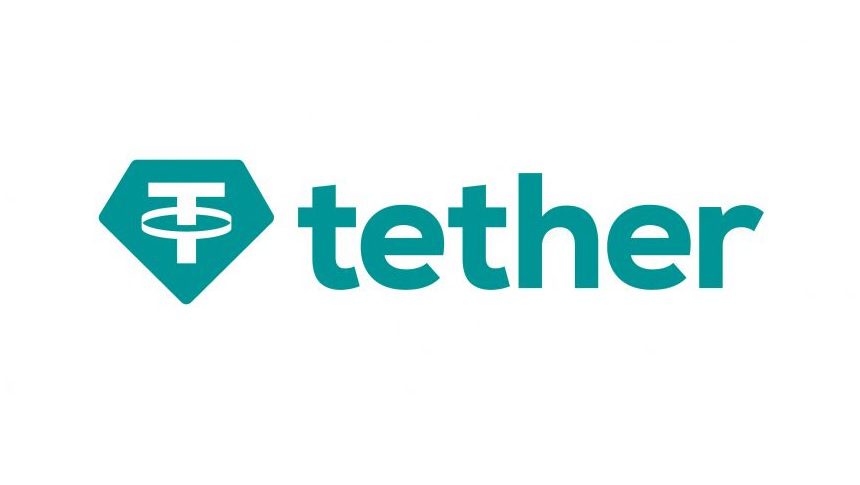Quick take:
- Plasma is building a blockchain tailored to Tether’s USDT, the world’s most popular stablecoin.
- The company plans to attract stablecoin users by offering zero-fee USDT transactions.
- Plasma seeks to make USDT transactions more cost-efficient by eliminating fancy services that other blockchains offer to enable NFT trading, meme coins, or token airdrops.
Plasma has closed a $24 million funding round led by Framework Ventures with participation from Bitfinex, Peter Thiel and Tether CEO Paolo Ardoino.
The company plans to use the capital to accelerate the development of its layer-2 blockchain built on Bitcoin, specifically for Tether’s USDT stablecoin. According to the announcement, Plasma will implement zero-fee USDT transactions, as part of its strategy to attract stablecoin users to its platform.
The USDT is already available across a variety of blockchains including, Bitcoin via Omni Layer, Solana, Tron and Polkadot. However, according to Plasma co-founder Paul Faecks, these blockchains support a variety of services, which demand additional features.
By building a blockchain solely focused on stablecoins, Plasma can eliminate the additional fancy services that blockchains use to enable NFT trading, meme coins, or token airdrops, thus significantly reducing the transaction costs whilst also Plasma’s ability to process the rapid rate of stablecoin transactions.
Stablecoins have emerged as an efficient way of making cross-border payments, with the blockchain-based settlement process significantly reducing transfer fees. But Faecks thinks there is still room for improvement.
“You’re just capable of making very different trade-offs if all you care about is how can we be the best product for stablecoins,” he said.
Despite being built on Bitcoin, Plasma will use its own consensus mechanism to determine scalability, security, and decentralization that computers on its blockchain will follow. This enables some of the transactions to be settled quicker and without fees, Fortune reported.
“That is what we’re optimizing for and that requires quite a bit of custom building on the execution logic, but also on the consensus,” he said.
Plasma plans to generate revenue by supporting other services like Curve, Ethena, and Aave, which will charge a fee. “This is very much a scale business, and not a need to make $18 and validate our revenue per transaction type business,” he added.
Stay on top of things:
Subscribe to our newsletter using this link – we won’t spam!
Follow us on X and Telegram.
Credit: Source link









